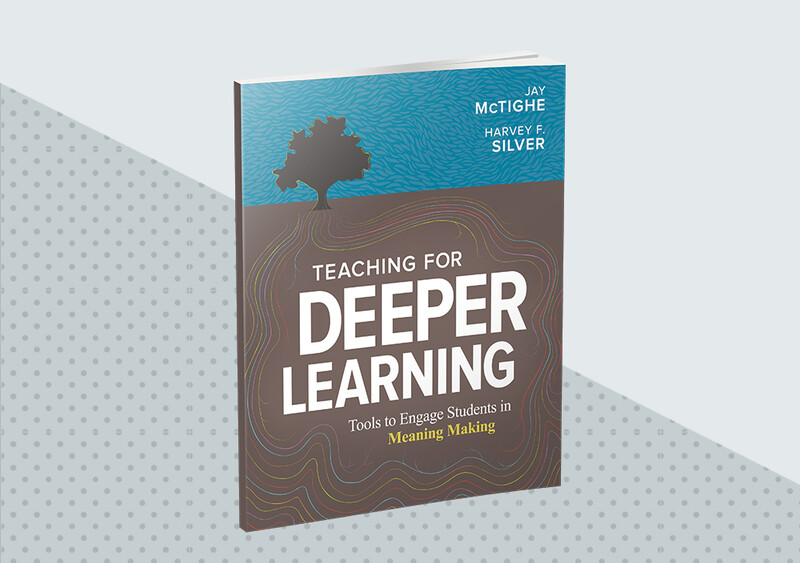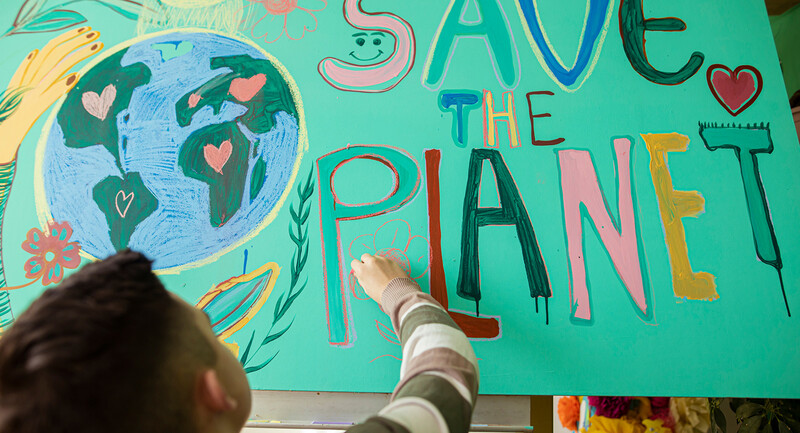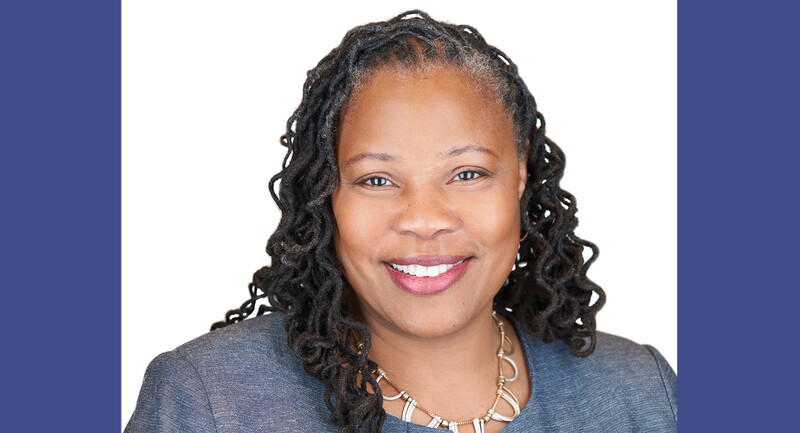Not too long ago, pollution-monitoring satellites from NASA and the European Space Agency detected a significant decrease in nitrogen dioxide levels over a city of 11 million people. An air-quality researcher at NASA's Goddard Space Flight Center remarked, "This is the first time I have seen such a dramatic drop-off over such a wide area for a specific event" (Davies, 2020). This noteworthy reduction in pollution levels raised a key question: What caused such a significant change in air quality?
The year was 2020, and the city was Wuhan, China. We soon learned that the Chinese government had implemented draconian measures to reduce human activity, halt unnecessary commerce, and ban transportation in and out of the city. People were literally locked in their homes and barred from leaving, all attempts to control a novel, rapidly spreading virus. What had occurred, we now know, was the beginning of the COVID-19 pandemic.
Welcome to the modern world. It's a world characterized by rapid changes and dramatic challenges to our survival. A world that's filled with complexity and ambiguity, in which a global pandemic is just one of the many complex problems that confront—or may soon confront—the human species.
Flexible Thinking Skills Students Need to … Flex
If we want to prepare our students for this modern world full of unpredictable, complicated problems, we can't just arm them with information. We must help them become sophisticated and flexible thinkers who can handle whatever challenges come their way. We need to familiarize them with broadly useful thinking processes that can help them work their way through a wide range of complex problems. And we need to develop their capacity to use these processes well by providing multiple opportunities to apply such thinking to authentic and challenging tasks.
Welcome to the modern world. It's a world characterized by rapid changes and dramatic challenges to our survival.
Five such complex thinking processes are embodied in the acronym IDEAS—Inquiry, Design, Evaluation, Argument, and Systems Analysis. Let's unpack these processes:
Inquiry is an investigative process that seeks out understandings and explanations—of observations, outcomes, concepts, and events. The process is driven by thoughtful questions that can be researched and explored in different ways—for example, by analyzing data or documents, generating models, or conducting experiments.
Design is an iterative process that results in the development of a new product or process for addressing a need, solving a problem, or improving an existing product/process. It includes clarifying a problem or need, generating possible solutions, testing/evaluating solution options, and developing a plan for implementation.
Evaluation involves selecting and applying appropriate criteria for assessing the quality, significance, or merit of something. Evaluation can be used to judge things like products (e.g., the strength of a bridge), outcomes (e.g., the accuracy of a stock market prediction), and processes (e.g., effectiveness of group work).
Argumentation is a reasoning process for debating and supporting an idea or position. It involves making a claim and justifying it with reasons and evidence. It can also involve critiquing an argument by challenging its claim or the reasons or evidence given to support it.
Systems Analysis is a process for understanding a system's elements and how they interact. It includes analyzing the various elements in a system and predicting how changes to any part(s) of the system can have both short- and long-term consequences.
We focus on these five thinking processes specifically because they reflect how expert thinkers analyze and address real-world problems. If we revisit the global response to COVID-19, for example, we can see how all five of these processes were applied. For instance, when the novel coronavirus was first identified, scientists inquired about its origins and mode of transmission. The pharmaceutical industry designed novel vaccines at "warp speed." Government officials evaluated alternative strategies and policies for reducing disease risk (like mask mandates, travel bans, and quarantines). Politicians and business leaders argued about which to prioritize: economic or health concerns. Systems analysis was used to understand supply chain issues that were interfering with getting much-needed resources to overburdened, underequipped health facilities.
Of course, the real-world utility of these five complex thinking processes extends far beyond the context of the COVID-19 pandemic. They are integral to contemporary and future problem solving and should be an integral part of a modern education—built into the curriculum by design.
Designing Tasks that Fortify IDEAS
In recent years, many schools have placed a greater emphasis on problem-based learning and developing critical thinking and problem-solving skills. Yet when researchers look into classrooms—even classrooms with strong commitments to deep learning—they see little evidence that students are being challenged to apply these kinds of skills to complex tasks. Tasks that require factual recall and lower-level thinking skills tend to be the norm rather than the exception (Mehta & Fine, 2019).
The IDEAS acronym provides a practical framework for changing this dynamic and for designing rich tasks that develop complex, real-world thinking skills across grade levels and content areas. Even better, IDEAS-driven tasks do more than build skills; they engage students in thinking deeply about critical content and challenge students to apply their learning in authentic ways.
Let's consider some examples of performance tasks that teachers and curriculum developers could design if they keep the IDEAS acronym top of mind:
Sample Inquiry Task (Secondary – History/Social Studies): How could a ragtag colonial militia with very little training, meager financial backing, and limited weapons have defeated Great Britain—the most powerful nation in the world? Examine the documents and data in the portfolio you've been given, conduct any additional research you feel is necessary, and use what you've learned to develop a possible explanation.
Sample Design Task (High School – Psychology/Childhood development): We have spent the last few days studying the behavioral and intellectual development of toddlers. Your team has been selected to design a safe educational toy that will appeal to toddlers. Your toy must help toddlers grow in at least one key element of intellectual development (attention, memory, reasoning, imagination, curiosity) and take advantage of one of the four methods of learning associated with toddlers. Submit a detailed sketch of your toy and an explanation of how it achieves its purpose.
Sample Evaluation Task (Secondary ELA): Your school's English department is working to update the 10th-grade reading list but can't reach consensus on what the updated list should include. Evaluate the three options for a complete 10th-grade reading list being considered, make a recommendation, and explain your thinking. Share the criteria that you considered and how they influenced your choice.
Sample Argument Task (Primary Grades – Health): Your sister is trying to convince your parents that set bedtimes are silly and that she should be allowed stay up as late as she wants. Will you take her side or argue the opposite? State your position and your reasons. Use what we learned during our sleep unit to help you make your case.
Sample Systems-Analysis Task (Elementary – Science): The Rainforest Alliance has hired you to help explain the interconnections among living things in the rainforest ecosystem. Research an endangered animal and develop a children's picture book in which you: (1) diagram key parts of the rainforest ecosystem and (2) predict what might happen to that ecosystem if the animal were to become extinct.
If the endgame is to develop sophisticated thinkers and learners who understand content deeply and can transfer their knowledge and skills to real-world challenges, we need to focus less on "covering" every bit of content and focus more on using authentic tasks like these that invite complex thinking and application (although students will, of course, need relevant content knowledge to accomplish such tasks).
IDEAS-driven tasks do more than build skills; they engage students in thinking deeply about critical content and challenge students to apply their learning in authentic ways.
Guidance for Making the Shift
The beauty of these five task types is that they're versatile enough to be integrated throughout the curriculum, no matter what subject is being taught. But for many teachers, bringing more complex thinking tasks into the classroom will require some guidance. Figure 1, available online at www.ascd.org/el/silver-integrating-ideas, provides sample task starters and guiding questions for each of the five IDEAS. Tasks designed around one or more of these five ways of thinking need to: Focus on authentic issues and problems that are genuinely engaging and relevant for learners.
Involve important content from one or more of the disciplines (standards).
Require deep thinking and transfer of knowledge. For instance, they should be at Webb's Depth of Knowledge levels 3 and 4 (Webb, 1999).
Include well-developed "success" criteria that are shared (or co-created) with students.
The ultimate goal should be to design the entire curriculum around authentic, complex thinking tasks like those described here. But as with any new skill, it's important to start slowly and build capacity for success for both teachers and learners. Begin by using the IDEAS Framework and sample task starters shown in Figure 1 to help you design simple tasks that you can integrate into existing lessons or units. Adding even a few assignments that will engender complex thinking can have a significant impact on the quality of thinking and learning. When you feel more comfortable, try designing a broader, more complex task that could drive the teaching and learning for an entire unit.
Building students' capacity for success is equally important. With the tasks serving as performance targets, you can "plan backward" to identify the knowledge, skills, and conceptual understandings that each will require. Then, develop the lessons and learning activities needed to prepare learners for success on the different types of tasks.
Ready for the Real World
When we engage students in applying complex thinking processes within "real world" scenarios, applying their brain power to realistic tasks, we make learning more engaging and enduring. Active learning results in deeper learning of content, while building in young people the skills and habits of mind of expert thinkers. Over time, learners become increasingly able to apply these processes on their own—a sure sign of real-world readiness.
As the COVID-19 pandemic has shown, we can't know what kinds of challenges people now in their teens or younger will face as adults. What we can do is equip them with the skills they'll need to think their way through whatever challenges the future has in store. Making the IDEAS framework a basis for designing student work in schools would be a strong first step toward achieving that goal.
Reflect and Discuss
➛ In what ways do you or your school currently teach the kind of thinking processes outlined in this article? Are you doing enough?
➛ Do you agree that the entire curriculum should ultimately be designed around "authentic, complex thinking tasks"? How big a shift would that be for your school or district?
➛ Review the Sample Task Starters for the "Design" process in Figure 1 (online). How could you adapt one of these "starters" to make an assignment that lets students tap their knowledge and creativity to design something?
Teaching Deeper Learning
In their book Teaching for Deeper Learning, Jay McTighe and Harvey Silver offer solutions for helping students make meaning from their learning.










